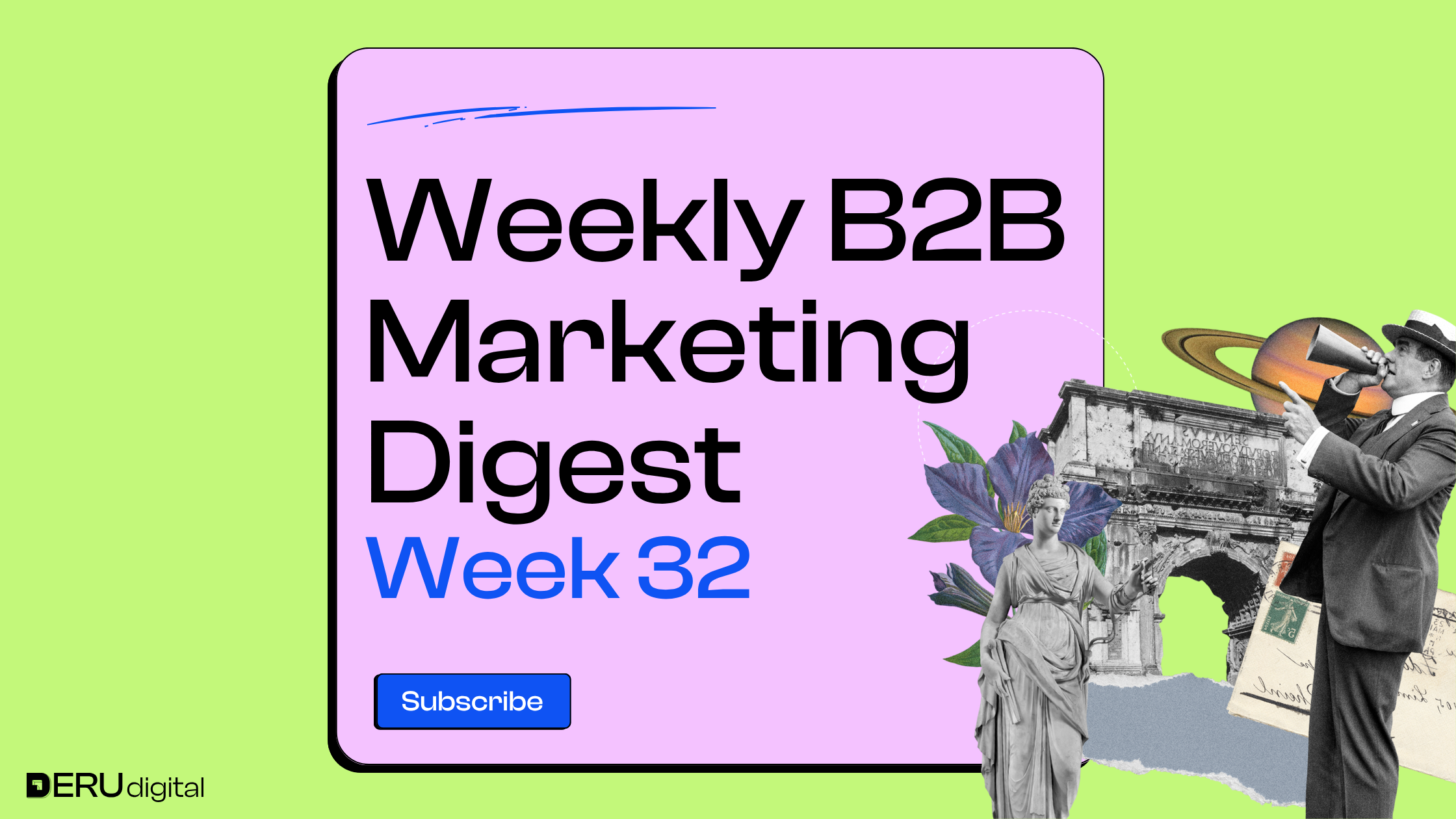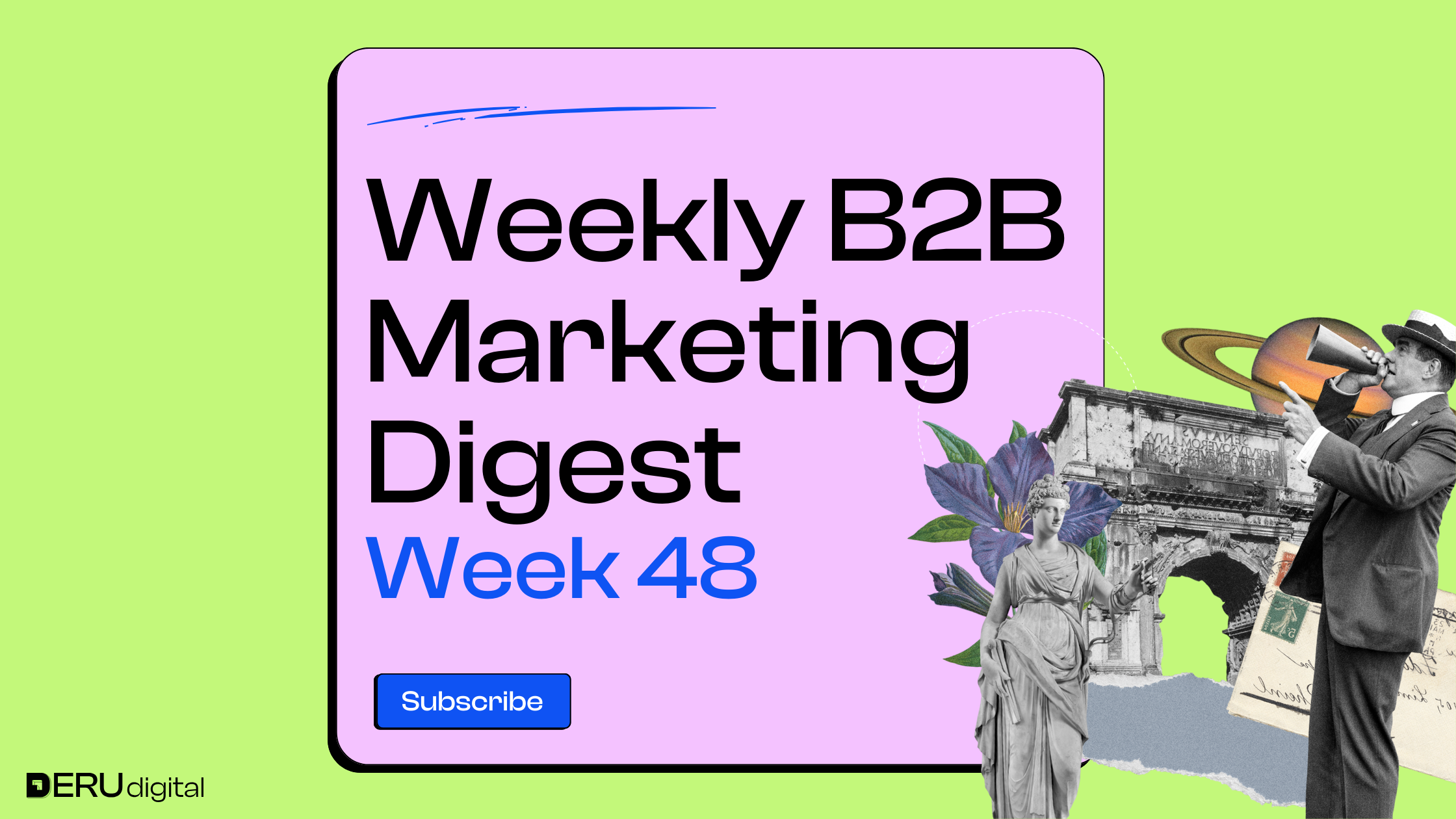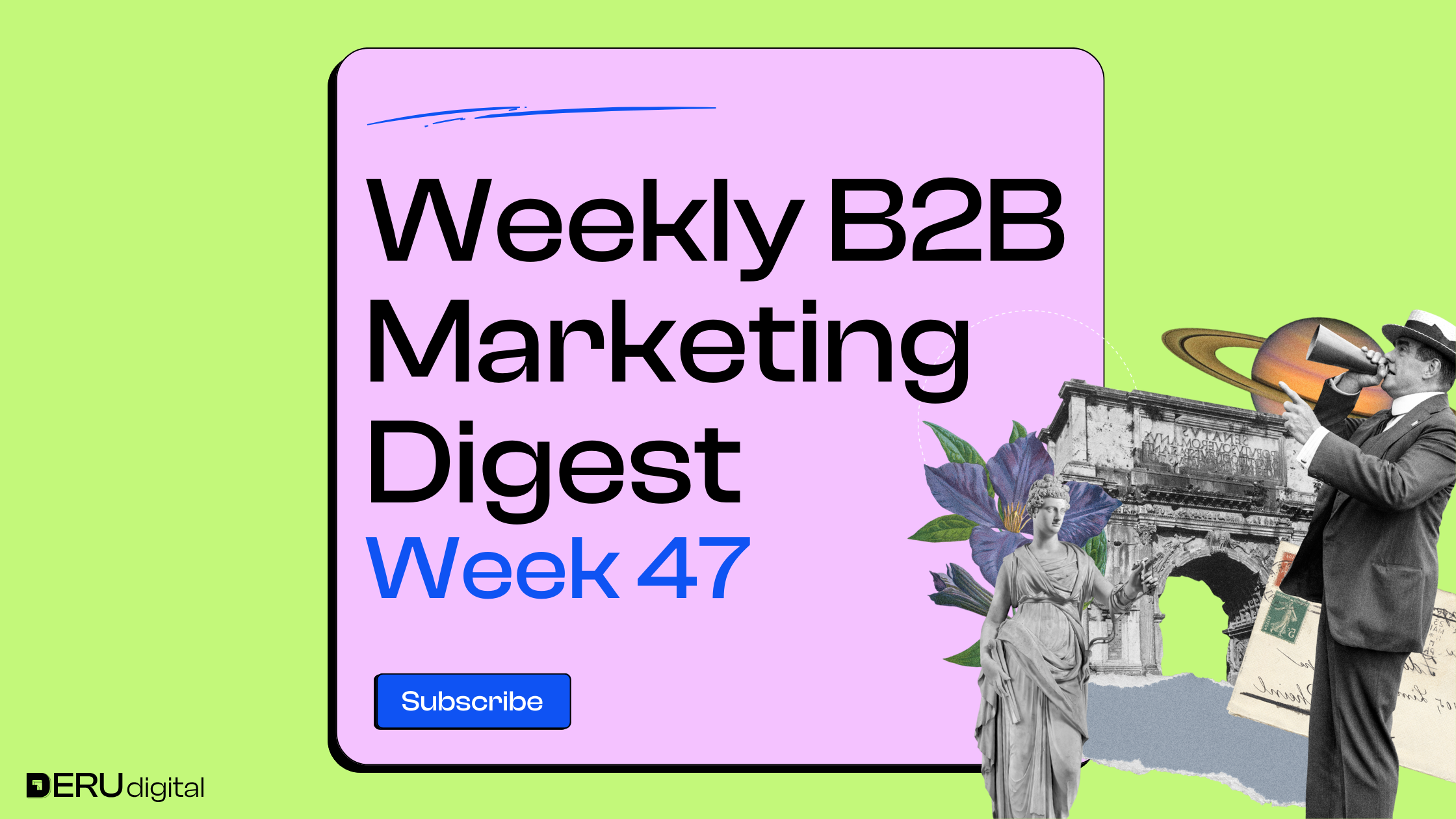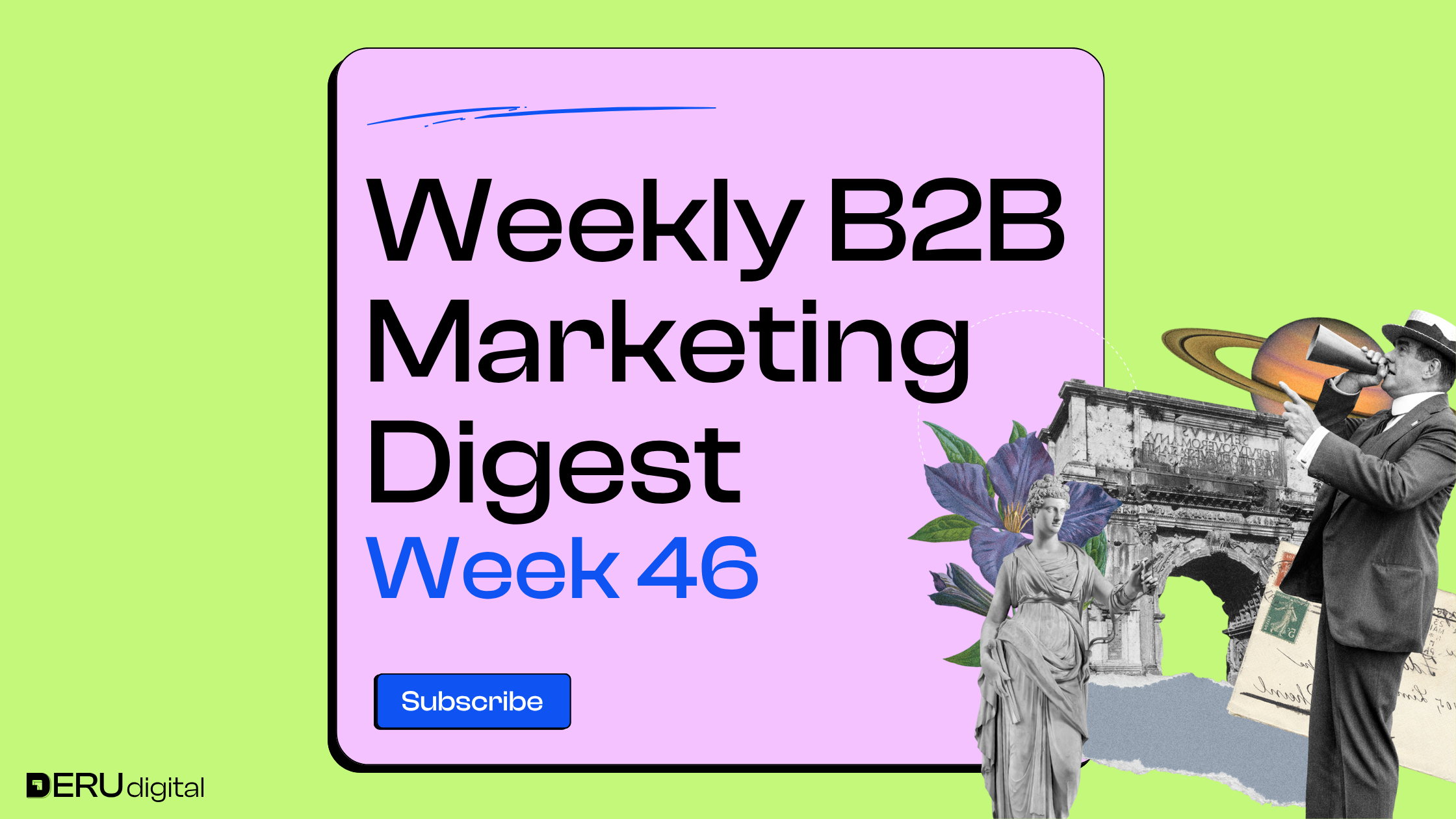INSIGHTS FROM EXPERTS ON LINKEDIN
Ali Yildirim
Jyll Saskin Gales breaks down the new Branded Searches conversion type in Google Ads, and why it’s more confusing than it looks. It only works after brand mapping (which currently requires a Google rep), counts as secondary conversions, and tracks searches within 7 days of certain ad views. She sees potential, but the setup hurdles make it hard to use for now.
Chris Chambers

Kevin Goodwin says the biggest miss in upper funnel campaigns is running too low on frequency, often below the 1.5 per week sweet spot. Broad targeting, too many creatives, and chasing reach at the expense of repetition weaken impact. His advice is to size audiences to hit optimal frequency, focus placements, limit creatives, and test frequency levels to find what works.
Steve Patti warns that brand campaigns flop when they only speak to business value and ignore personal motivators. Research shows personal benefits like recognition, job security, or making life easier can be twice as influential in vendor selection. He suggests interviewing target buyers to uncover these drivers, then weaving them into creative to build trust and preference.
Matt Green explains Todd Caponi’s “small tweaks” approach: improve four sales metrics – opportunities, deal size, win rate, and cycle length – by just 5% each, and you get 22% revenue growth. Tiny, balanced improvements compound far better than chasing huge gains in a single area. The key is consistent, incremental optimization instead of exhausting heroics.
Adriaan Dekker says Google Ads just added long-awaited levers to PMax: device targeting, campaign-level negative keywords, and age exclusions. These changes give advertisers more precision, reduce wasted spend, and improve relevance without losing automation benefits. Used well, they could make PMax far more efficient and transparent.

WHAT'S NEW IN THE INDUSTRY
Google Ads’ AI Max now shows search terms, ad headlines, and landing pages in one place, making it easier to see how campaigns actually work. Advertisers can spot mismatched landing pages, fix Final URL issues, and optimize faster. It’s a big leap in transparency compared to the old PMax days.

Google Ads now lets you run true A/B tests on images and videos in Demand Gen campaigns, giving a clear read on what drives clicks, engagement, and conversions. You can duplicate campaigns, split traffic, and compare visuals head-to-head. It’s a much-needed tool for creative performance in Google’s AI-heavy ad world.

Yelp’s new Local Co-branded Showcase Ads let national brands feature local partners in search results, boosting both visibility and community relevance. Local businesses get free exposure, while brands connect with audiences in high-intent local searches. Early tests show higher visits, engagement, and lower cost per lead for brands like Pepsi.

Google Ads has updated Performance Max so sitelinks now factor into ad strength scores. This means missing sitelinks could hurt performance, while adding them can improve engagement by giving users more ways to click. Advertisers should review asset groups and add sitelinks to stay competitive.

Google Ads is giving PMax campaigns more targeting options, better reporting, and improved creative tools. Advertisers can now use campaign-level negative keywords, expanded search themes, demographic exclusions, device targeting, and more accurate new customer reporting. Plus, you can finally see and edit assets from Final URL Expansion and get AI-powered creative suggestions for stronger results.
Elon Musk says X will soon insert ads into answers from its AI chatbot Grok, letting brands appear right when users are looking for solutions. Advertisers will pay for placements in suggested solutions, with targeting powered by xAI’s tech. It’s a new high-intent channel that could boost both relevance and ad revenue for the platform.
That’s the scoop for this week! If you found this valuable and any useful insights caught your eye, feel free to share them with your network.
Until next week!



